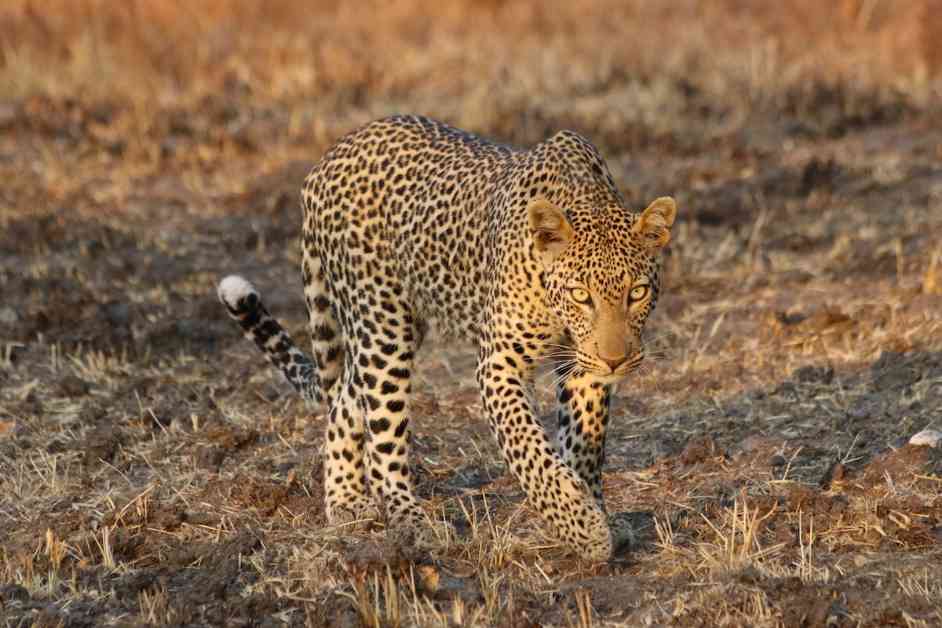Leopard Roars: Study Reveals Each Leopard Has Unique Call
A groundbreaking study conducted in the Nyerere National Park in Tanzania has revealed a fascinating discovery about leopards that could revolutionize how we understand these elusive creatures. Each leopard has its own unique roar, according to researchers from the University of Exeter.
Identification by Roar
Through a combination of camera traps and recordings, the research team achieved an impressive 93.1 percent accuracy in identifying individual leopards based on their vocalizations. This finding sheds light on the mysterious world of leopards and opens the door to further scientific exploration.
The Significance of Unique Roars
Lead author Jonathan Growcott emphasized the importance of this discovery, highlighting the potential for more in-depth research on leopards and other large carnivores. With leopards classified as “vulnerable” on the IUCN Red List of Threatened Species, understanding their behavior and population dynamics is crucial for conservation efforts.
Challenges and Solutions
Leopards, being solitary and nocturnal creatures with vast territories, pose challenges for scientists studying their populations. The use of bioacoustics, a technique typically used for monitoring marine species and birds, proved to be a game-changer in tracking leopards across large areas.
Implications for Conservation
The study’s findings have significant implications for conservation efforts, as accurate data on species occupancy and behavior are essential for effective wildlife management. By combining different technologies to gather complementary data, researchers can gain a more comprehensive understanding of ecosystems and landscapes.
The Human Touch
As a writer of fiction and nonfiction, Cristen brings a unique perspective to environmental issues. Her background in law and creative writing offers a holistic view of conservation challenges, highlighting the importance of interdisciplinary approaches in addressing complex environmental issues.
In conclusion, the study on leopard roars not only uncovers a fascinating aspect of these majestic animals but also underscores the importance of innovative research methods in wildlife conservation. By listening to the unique voices of leopards, we can better protect these vulnerable species and preserve their habitats for future generations.














